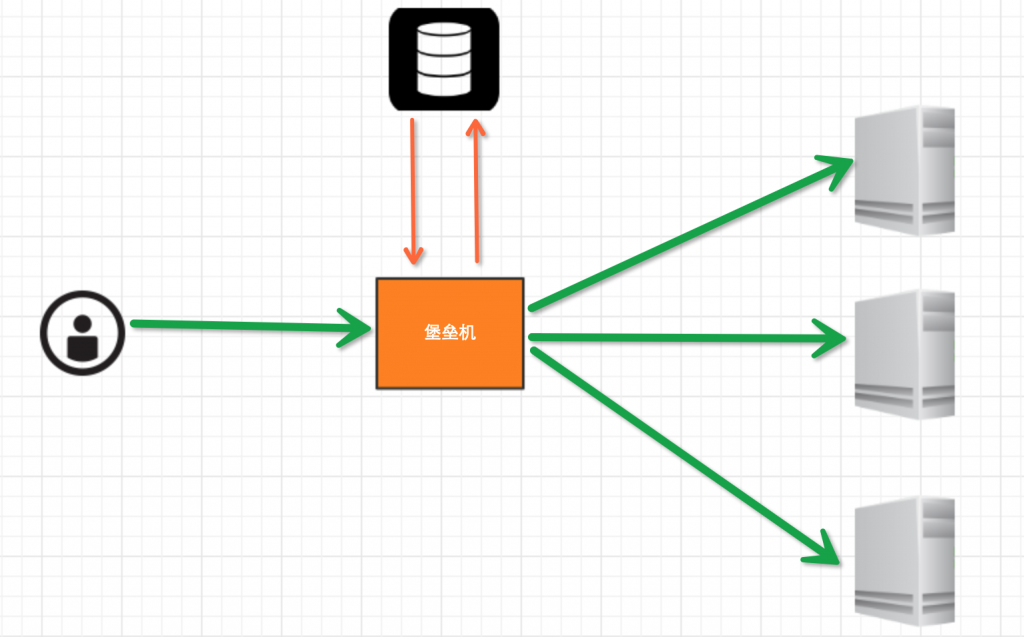所有的人都想停留在那山顶,但是所有的乐趣和成长都是发生在往上爬的过程中。新的一天,早安!
本文实例讲述了python统计文本字符串里单词出现频率的方法。分享给大家供大家参考。具体实现方法如下:
# word frequency in a text
# tested with Python24 vegaseat 25aug2005
# Chinese wisdom ...
str1 = """Man who run in front of car, get tired.
Man who run behind car, get exhausted."""
print "Original string:"
print str1
print
# create a list of words separated at whitespaces
wordList1 = str1.split(None)
# strip any punctuation marks and build modified word list
# start with an empty list
wordList2 = []
for word1 in wordList1:
# last character of each word
lastchar = word1[-1:]
# use a list of punctuation marks
if lastchar in [",", ".", "!", "?", ";"]:
word2 = word1.rstrip(lastchar)
else:
word2 = word1
# build a wordList of lower case modified words
wordList2.append(word2.lower())
print "Word list created from modified string:"
print wordList2
print
# create a wordfrequency dictionary
# start with an empty dictionary
freqD2 = {}
for word2 in wordList2:
freqD2[word2] = freqD2.get(word2, 0) + 1
# create a list of keys and sort the list
# all words are lower case already
keyList = freqD2.keys()
keyList.sort()
print "Frequency of each word in the word list (sorted):"
for key2 in keyList:
print "%-10s %d" % (key2, freqD2[key2])
希望本文所述对大家的Python程序设计有所帮助。
以上就是python统计文本字符串里单词出现频率的方法。作为一个领导,你可以不知道下属的短处,却不能不知道下属的长处。更多关于python统计文本字符串里单词出现频率的方法请关注haodaima.com其它相关文章!





